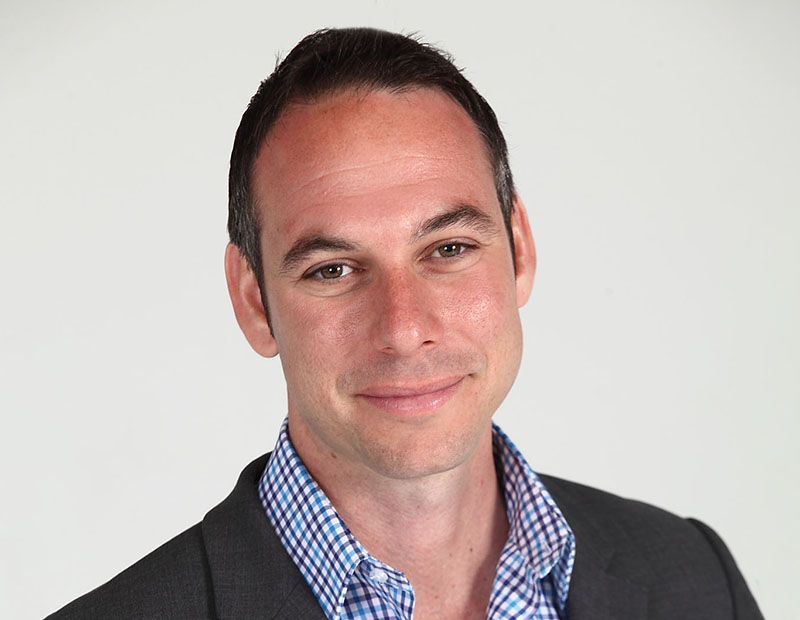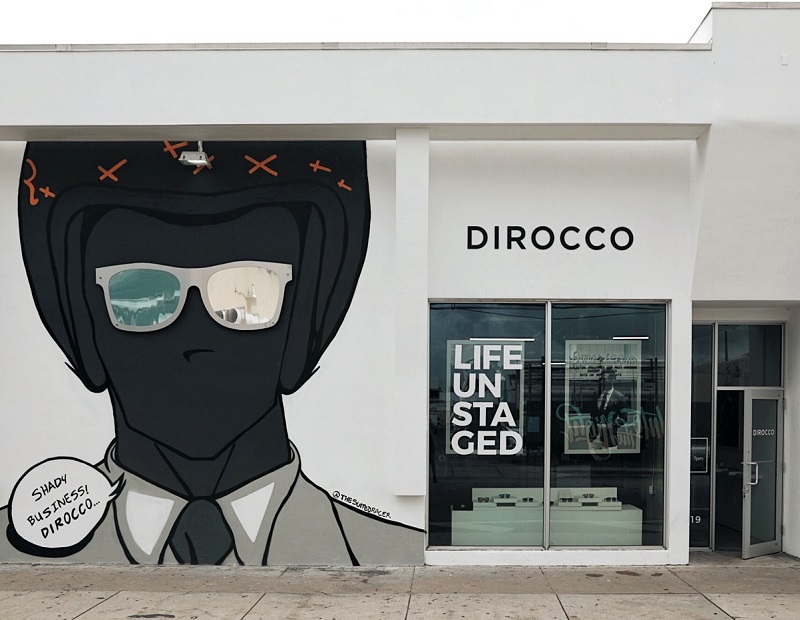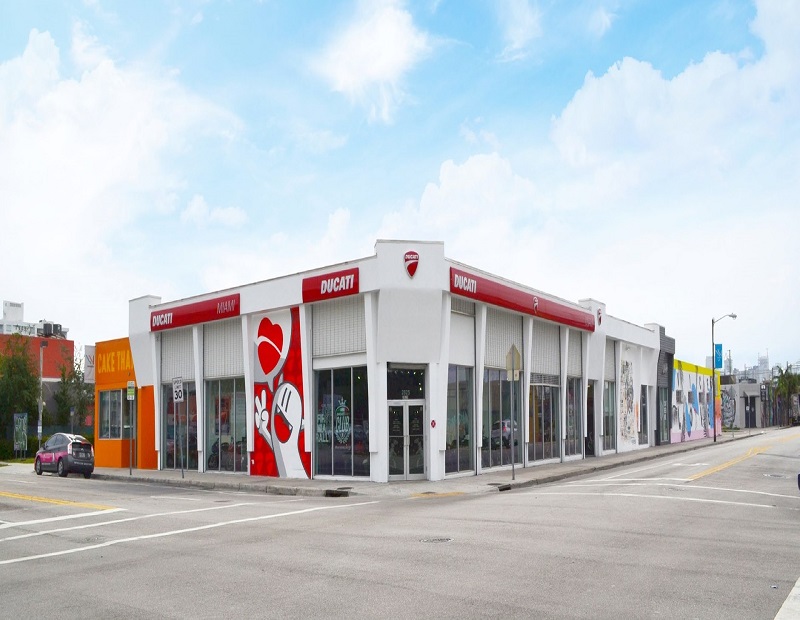Miami’s Wynwood Full Potential Yet to Be Tapped
Tony Cho, president & CEO of Metro 1, discusses the neighborhood's growth within the last years and whether its success formula can be replicated elsewhere.
By Roxana Baiceanu
Miami’s Wynwood Art District entered its second decade of significant growth. The revitalization-through-art program, which started in 2003 at the initiative of the Wynwood Art District Association, has rapidly transformed into a full economic revival of the area. Domestic and international investors have been pursuing Wynwood retail, residential and office opportunities, realizing that this growing trend is nowhere near slowing down.
Tony Cho, president & CEO of Metro 1 and one of the founding members of Wynwood Business Improvement District, emphasized the same thing. Commercial Property Executive sat down with Tony and discussed how the market has changed within the last years due, in part, to curated retail. Since the neighborhood has turned into a touristic attraction, we asked if the success formula can be replicated by other neighborhoods.
You’ve been investing in Wynwood for more than a decade. How has the market changed during this time?
Cho: Wynwood has seen various stages of evolution and I believe the Wynwood brand will continue to evolve. It all started organically with street artists working with local property owners to create curated murals—which later resulted in a massive open-air street art museum—and art galleries and private collections such as the Rubell and Margulises’. Then, the business community came and wanted to get involved in the movement. Fast forward to today, and many of the original property owners are now looking to capitalize on demand by providing multifamily units and office space in Wynwood.
How much room for growth is there? What are some of the best opportunities right now for an investor?
Cho: After the district went through a rezoning, many limitations were lifted. Properties that were previously zoned as industrial or as single family residential are no longer limited and can now be redeveloped as mixed-use developments ranging from five to 12 stories in height. This has really unlocked the area’s potential and has accelerated its transition into a fully fledged and active 24/7 neighborhood. While retail has historically been the area’s most prominent category, other uses like office, multifamily and hospitality are on the verge of a major boom. Wynwood’s full potential as a neighborhood is yet to be tapped!
Can curated retail go hand-in-hand with the artistic venues Wynwood is known for? How has the former impacted the neighborhood?
Cho: Ultimately, there could be a symbiotic relationship between the two, but it needs to be authentic. Metro 1 has really focused on making sure that we bring unique and creative brands to the neighborhood that present concepts, which are not only committed to keeping the vibe authentic, but also bring something new to the area.
Can we call curated retail the “magic ingredient” for revitalizing neighborhoods across the country? Can Wynwood’s success formula be replicated elsewhere?
Cho: We believe that Wynwood will always be unique and although some neighborhoods around the world have tried to replicate the model, at the end of the day they need to find ways to differentiate themselves and make sure that they speak and engage their local communities. The retail scene has also been evolving considerably. National brands are no longer the preferred retail for urban areas and consumers are looking to have a real connection with the businesses and respective owners they interact with.
The area’s development within the last decade has been impressive. What were the downsides of the revitalization process and how are they being addressed?
Cho: Ironically, one challenge has been the large amount of construction taking place throughout. This process has to be managed by local leadership in conjunction with active businesses in order to avoid interruptions or negative impacts on owners and the end user. Another issue has been the price increases which have priced out some creatives and locals out of the market. While it’s a natural part of a neighborhood’s growth, more needs to be done to offer incentives to independent and local businesses and thus preserve the neighborhood’s unique culture and authenticity.
Last year, plans for building a park in Wynwood were revealed. What is the next wave of development planning to bring to the neighborhood?
Cho: It’ll definitely be a filling in of the gaps. Wynwood has always been seen as a great retail and culinary destination, but it is now in the process of becoming a more well-rounded community. Soon, you’ll see a diverse mix of retail, office, residential and even hospitality offerings. Wynwood will continue to serve as a testing ground for progressive ideas and development concepts.
Images courtesy of Metro 1










You must be logged in to post a comment.